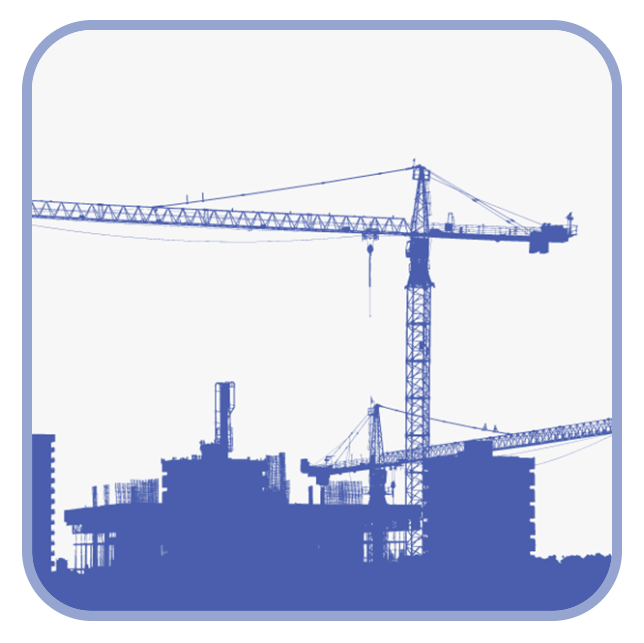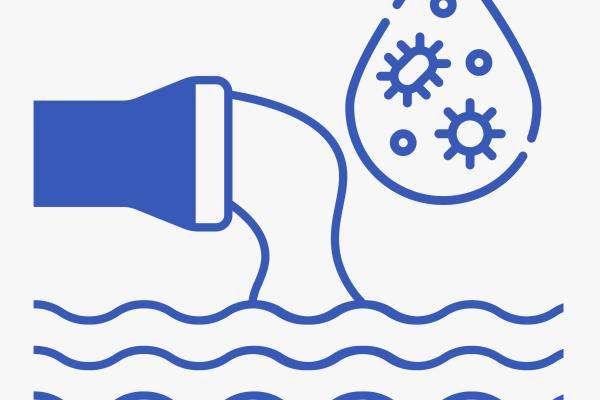HPC and Big Data Technologies for Global Systems

(c) HiDALGO2
HiDALGO2 continues the mission of its predecessor project HiDALGO and aims to explore synergies between modelling, data acquisition, simulation, data analysis and visualisation along with achieving better scalability on current and future HPC and AI infrastructures to deliver highly-scalable solutions that can effectively utilise pre-exascale systems.
The project focuses on five pilots from the environmental area: improving air quality in urban agglomerations, energy efficiency of buildings, renewable energy sources, wildfires and material transport in water. The common feature of the modelling of the above simulations is the use of numerical analysis of fluid flows by Computational Fluid Dynamics (CFD) method, which is typically very compute-intensive.
Pilots

Urban air project
In this pilot we work around the evolution of air in urban areas considering pollution, wind, comfort and planning. The core of our work here is the Urban Air Flow computational model that is massively based on modern HPC, mathematical, and AI technologies.

Urban Building Model
Here we focus on advanced building models for better integration with urban architecture. We aim to provide a source term for heat and air pollutants (CO2 and NOx) to the urban air pollution model. We will use a simplified monozone model to keep the problem size reasonable.

Renewable energy sources
We aim to advance energy production estimation from renewable energy sources, such as wind farms and solar panels, and also predict damages to the RES infrastructure. We will achieve this by applying uncertainty quantification study to the simulation models and by running the ensembles on a larger scale.

Wildfires
To simulate wildfire-atmosphere interactions and smoke dispersion at various scales, we will implement the computational environment necessary in order to assess the risk and potential impacts induced by mesoscale and microscale fire behaviour in the vicinity of and within WUI zones.

Material Transport in Water
Αdvanced numerical simulations for a better understanding of the complex process of pollution transport in rivers, offering a means to enhance control and prevention strategies. Coupling the High-Performance Computing multiphysics framework waLBerla with the C++ framework for large-scale, high-performance finite element simulations, HyTeG.
Runtime: 01/2023 - 12/2026







